Was it baby blue or royal blue wires?
Baby blue wires only flow electrons from left to right. Royal blue wires flow electrons from right to left only.

Friedle
Follow along with the video below to see how to install our site as a web app on your home screen.
Note: This feature may not be available in some browsers.
Was it baby blue or royal blue wires?


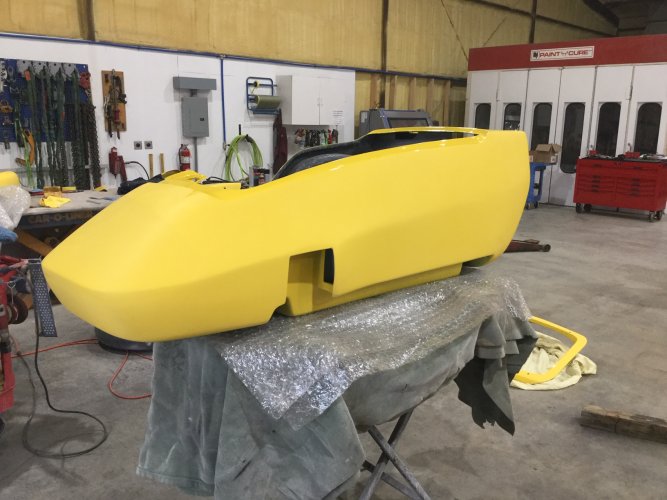

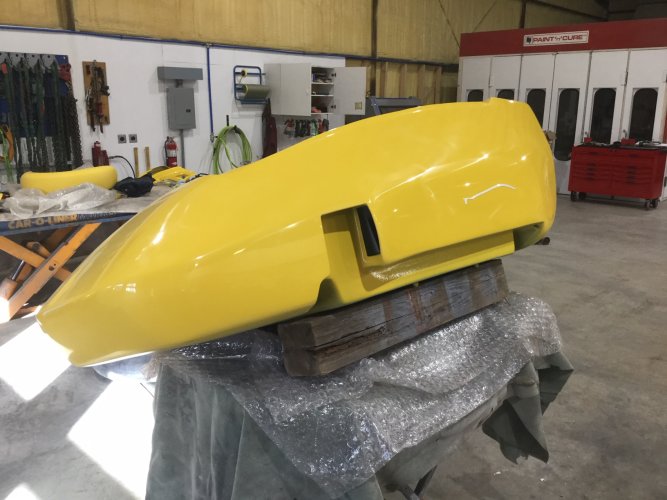
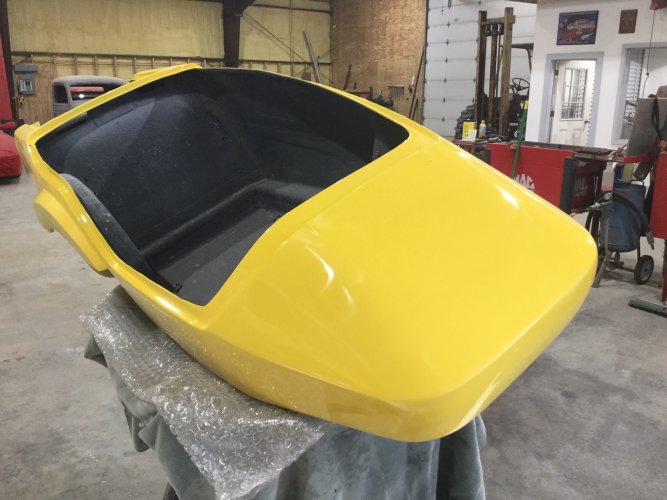
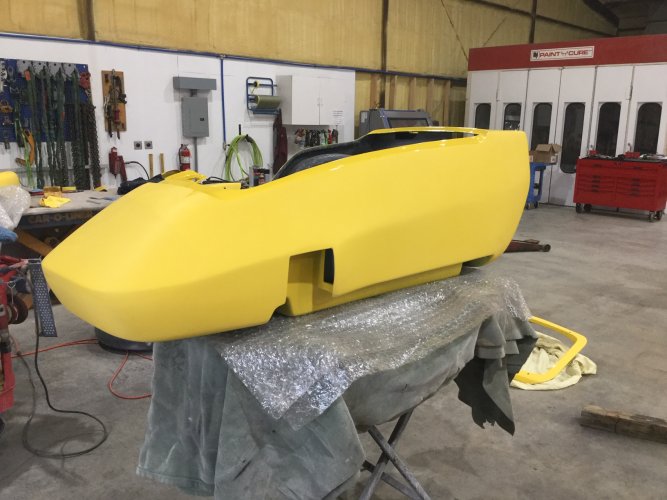

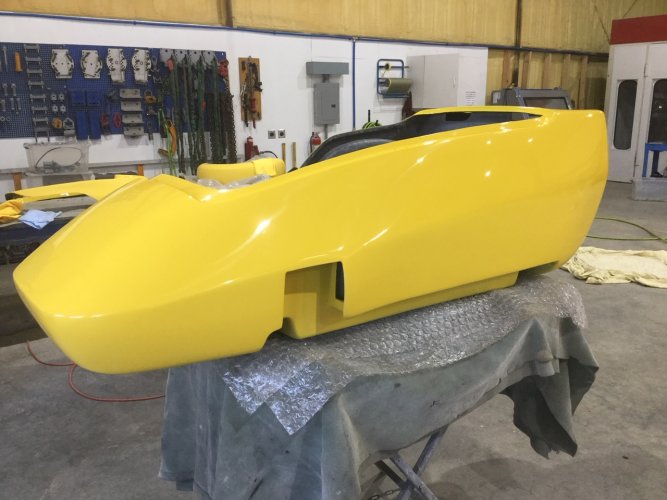
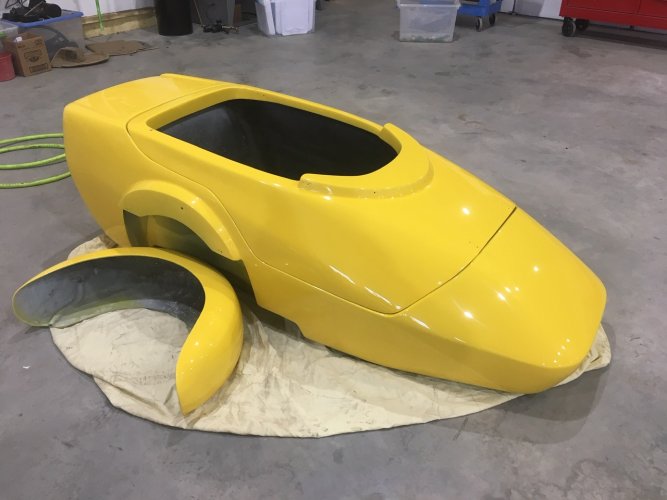
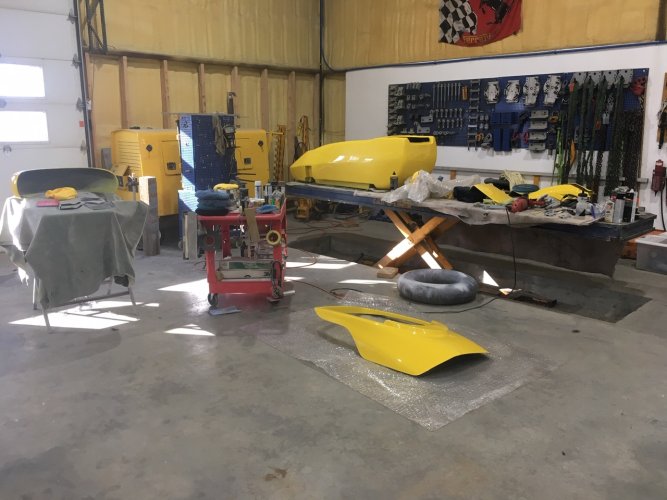
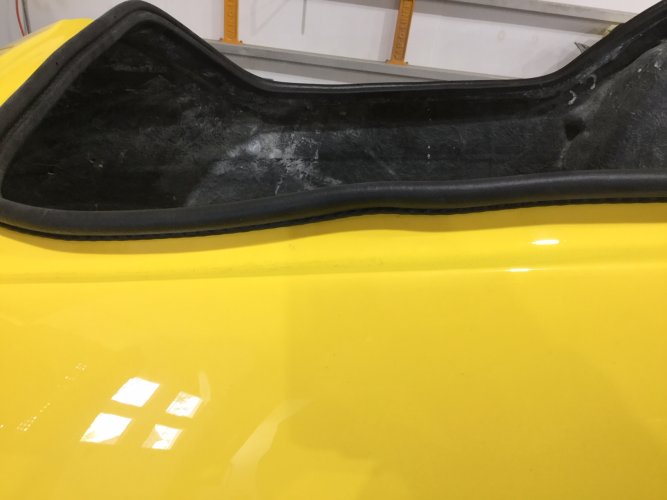
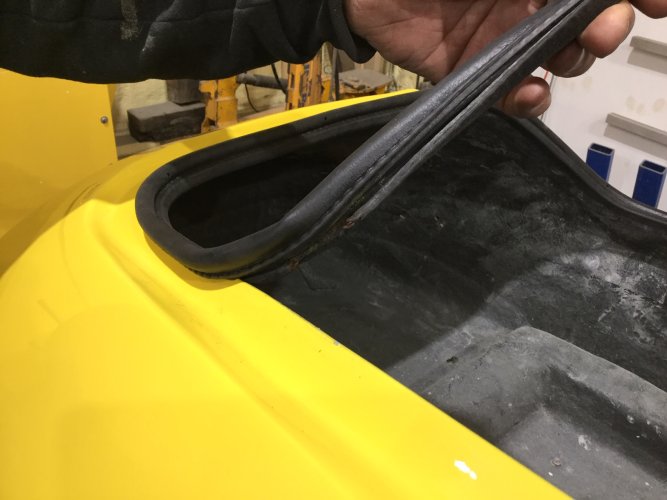

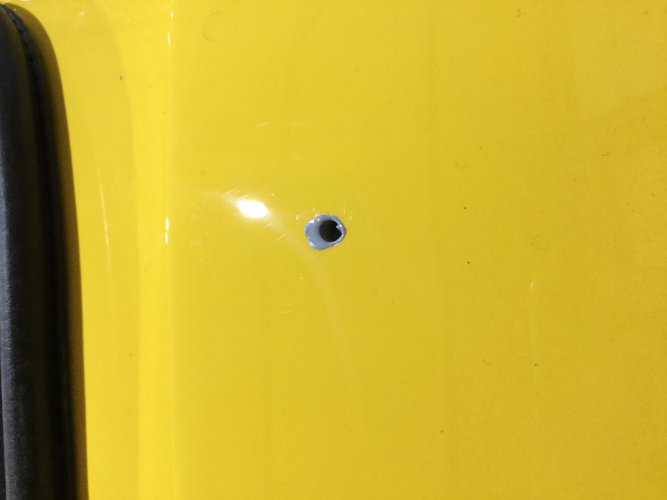
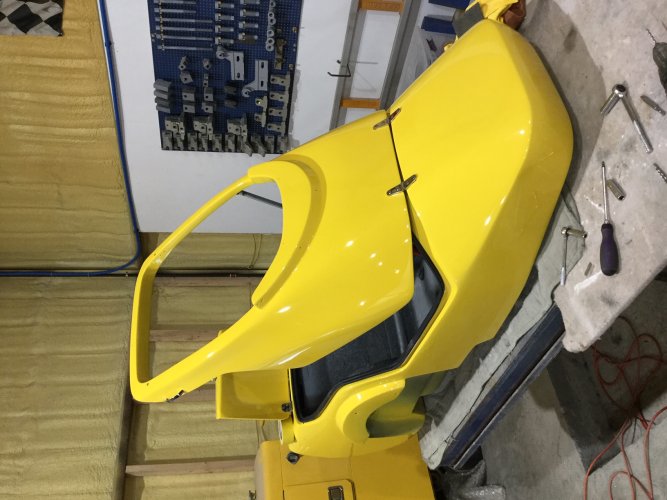

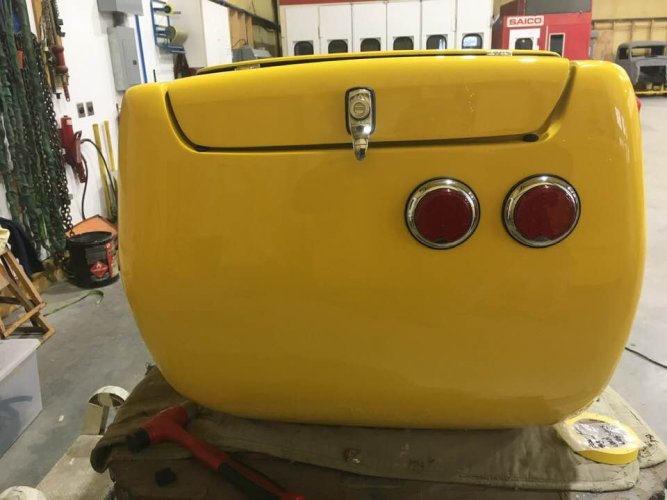
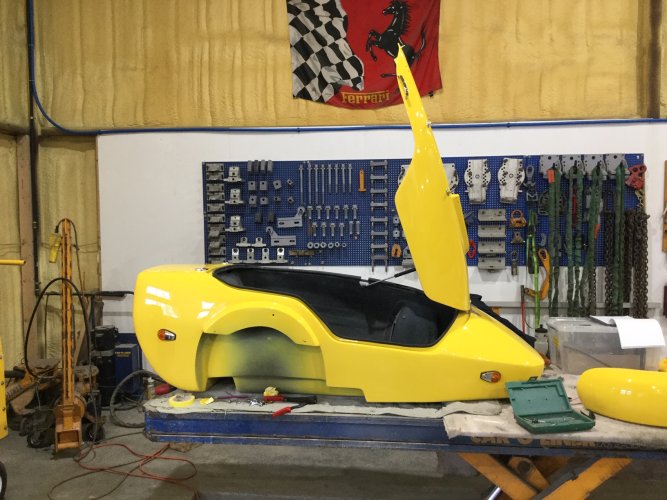
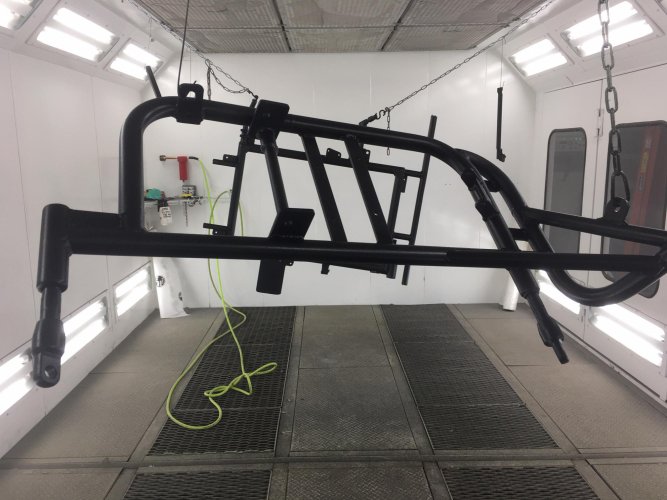
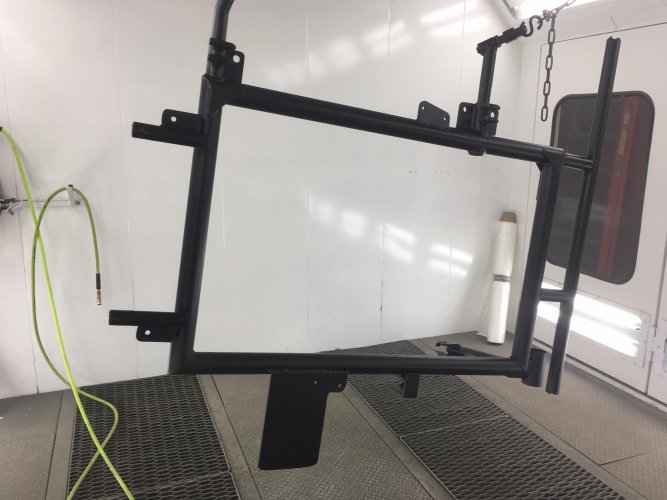
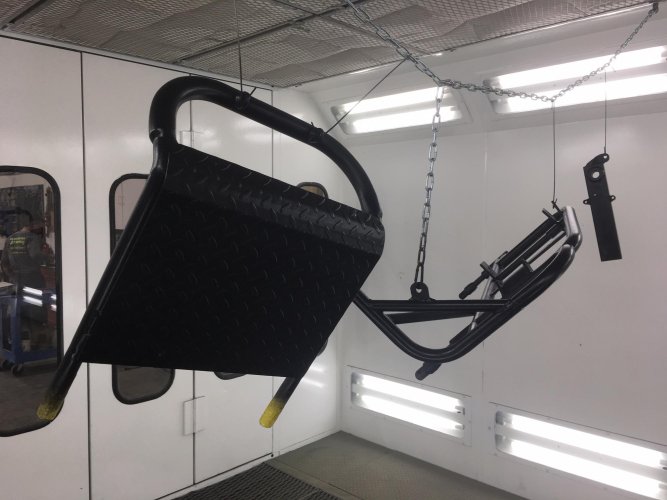
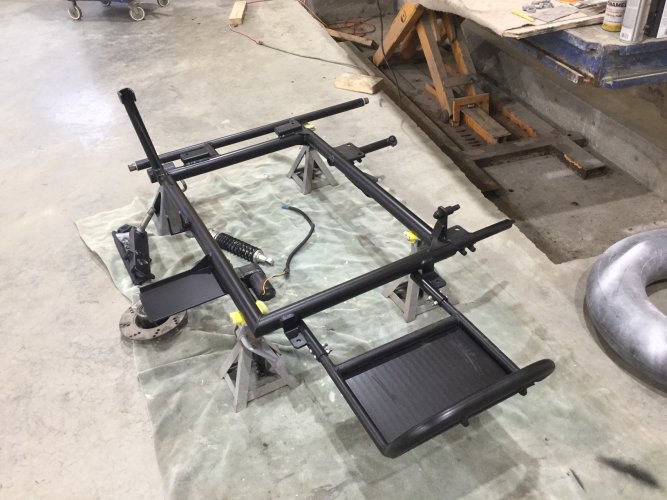

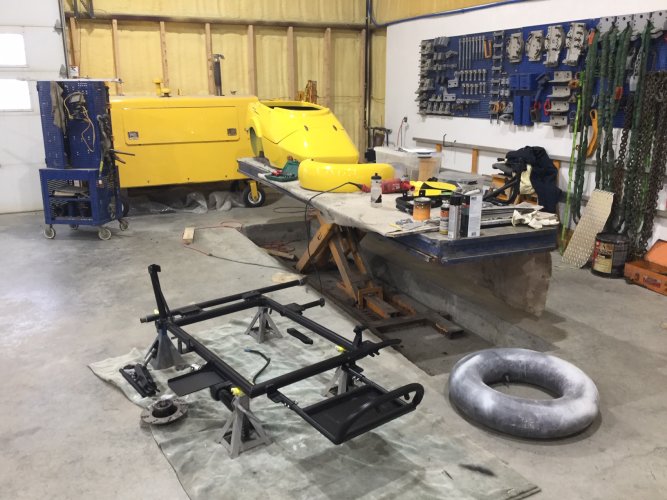
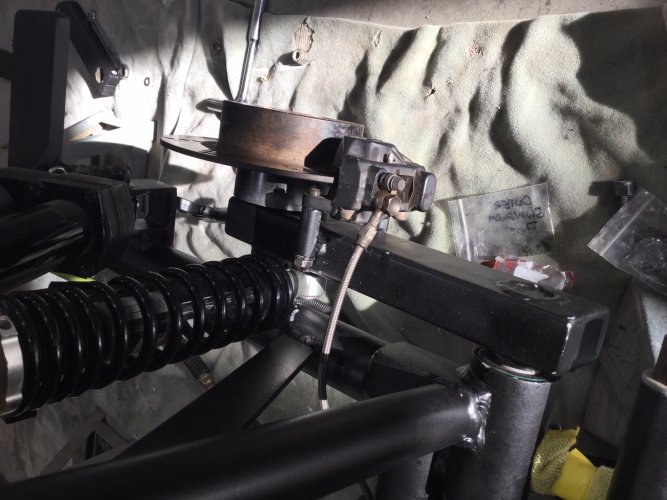

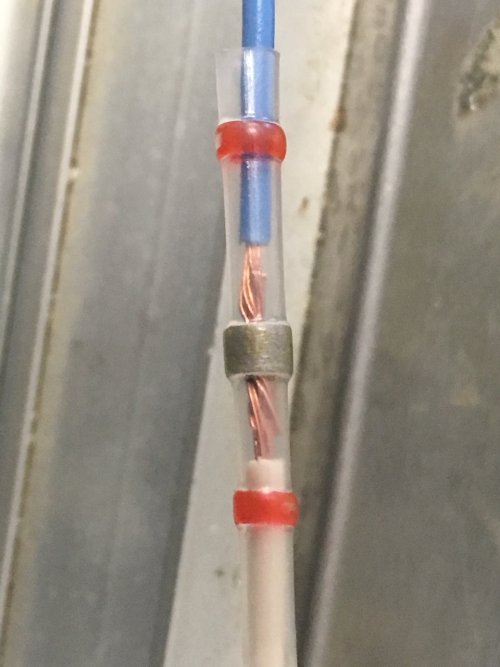
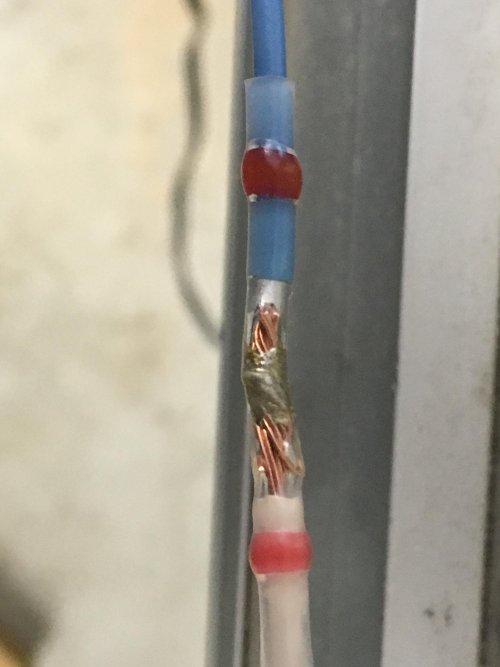
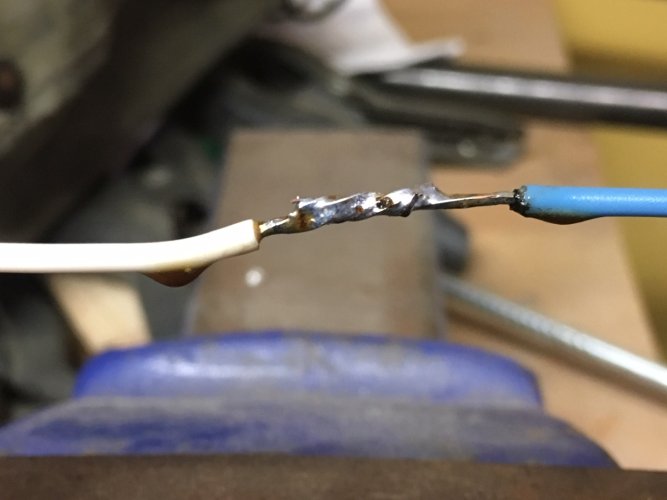
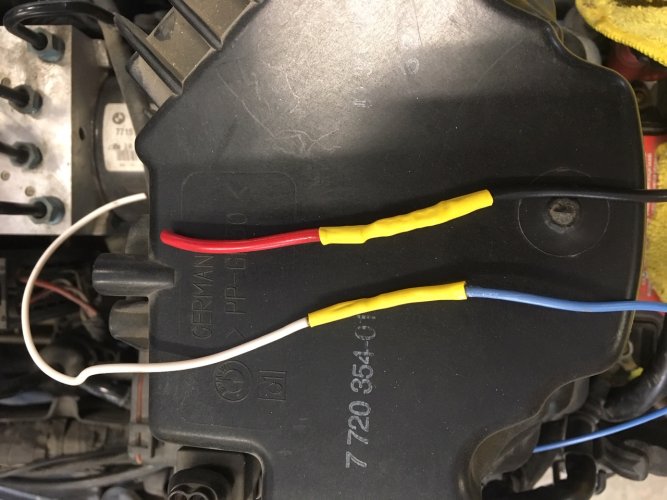
I have the best luck using an ordinary Weller pistol-grip style soldering gun with a medium tip.
I have the best luck using an ordinary Weller pistol-grip style soldering gun with a medium tip.
Thanks! I just came home with one. My little 40W job wasn't up to the task.